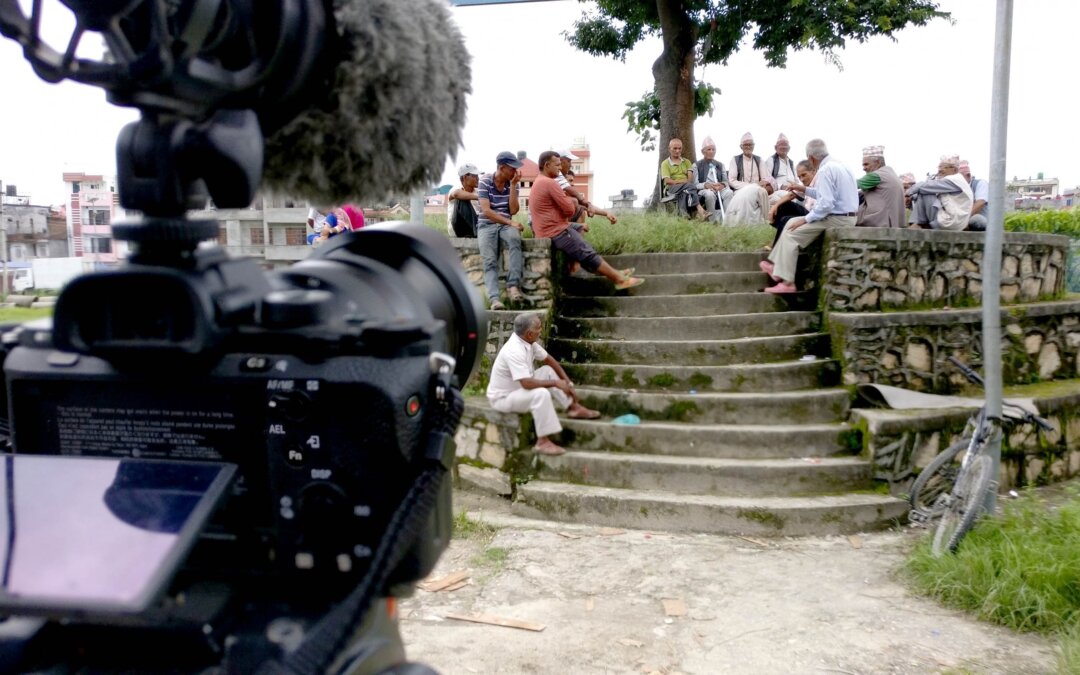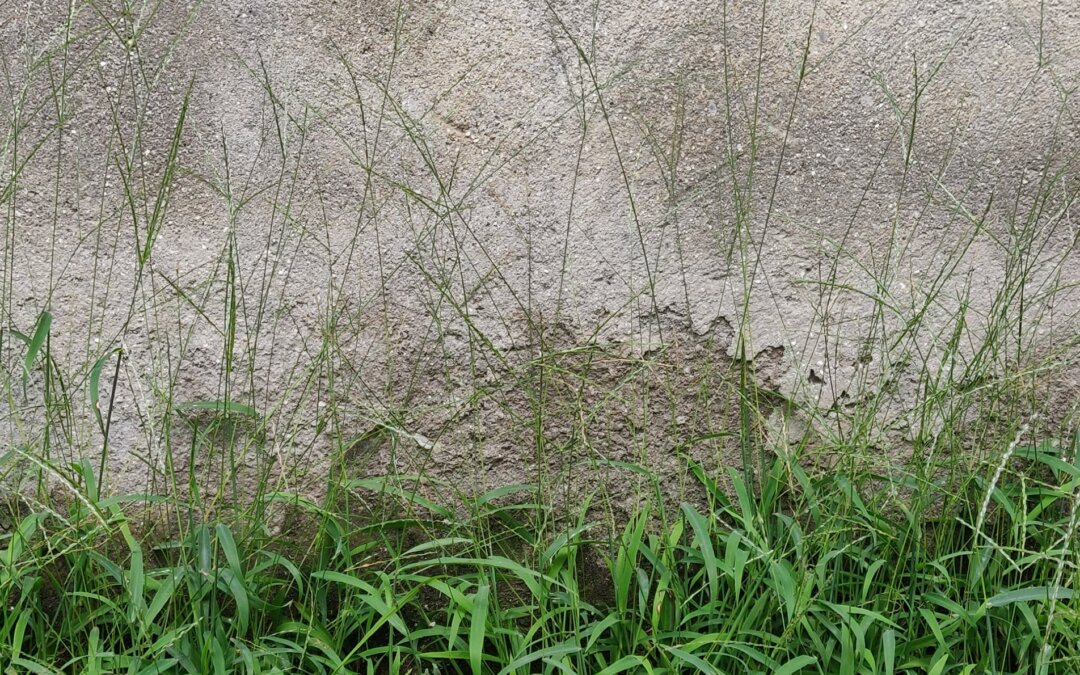
Vista intertwines art, technology and geometric designs involving multifarious imageries. The result is a kinetic installation that explores Time -based practices and mystifying processes of nature, consequently being heedful to Henri Bergson’s fundamental concept of “duration”.
The “Vista” consists of two triangular glass structures positioned individually on the platform facing each other. Both structures contain the key working elements, Sand and Water. Sand denotes the passing of time (as in an hourglass) Hence, sands will be poured in a triangular glass structure. Especially with regard to weathering processes of rocks and other minerals into smaller grains, as mountains turn to sand over time. Sand clues about the history it has experienced, and the present environment in which it resides. The haulage of sands to the beach, or in rivers represents a passage of time.
The rapid constructions in the city, demands for these special sands, so the sand is literally contained in every building, bridges and architectural structures of the cities including the Faena Art center. Fleeting moments, like words written in sand to sandcastles, washed by the tides contains the traces and energies of people. Thus, sand interrelates not only with the physical space of the Faena Art Center but also with the inhabitants and the urban conditions of Buenos Aires. City is not only about constructions but also the consciousness of people and its culture. Thick glasses panels used in the project examine the rise of glazing glass structures in cities worldwide and in particular the exhibitions context in Buenos Aires.
A glass structure with sand remains stable whereas the other structure with a block of ice moves back and forth. At certain point they merge and become a single unit. The project recreates a shore like environment to give a feeling of a vista. It splits and returns back, like the waves returns to the shore.
As time passes, the ice inside the glass structure melts and turns into a pool of water, forming a temporal work with ever-changing, reflections across the walls. The intensity of the blue and yellow lights increases when two structures bond. The mutual interactions, between two elements shows energy balance, and transformation of ice from one state to another creating an ever-changing situation within the Faena Art Center.

After the completion of the project the sand and water will return back to its source. And in this sense, Henri Bergson states, a composite object changes by the displacement of its parts. But when a part has left its position, there is nothing to prevent its return to it. A group of elements which has gone through a state can therefore always find its way back to that state, if not by itself, at least by means of an external cause able to restore everything to its place. - Originally published as: Henri Bergson. “The Evolution of Life – Mechanism and Teleology”, Chapter 1 in Creative Evolution.


